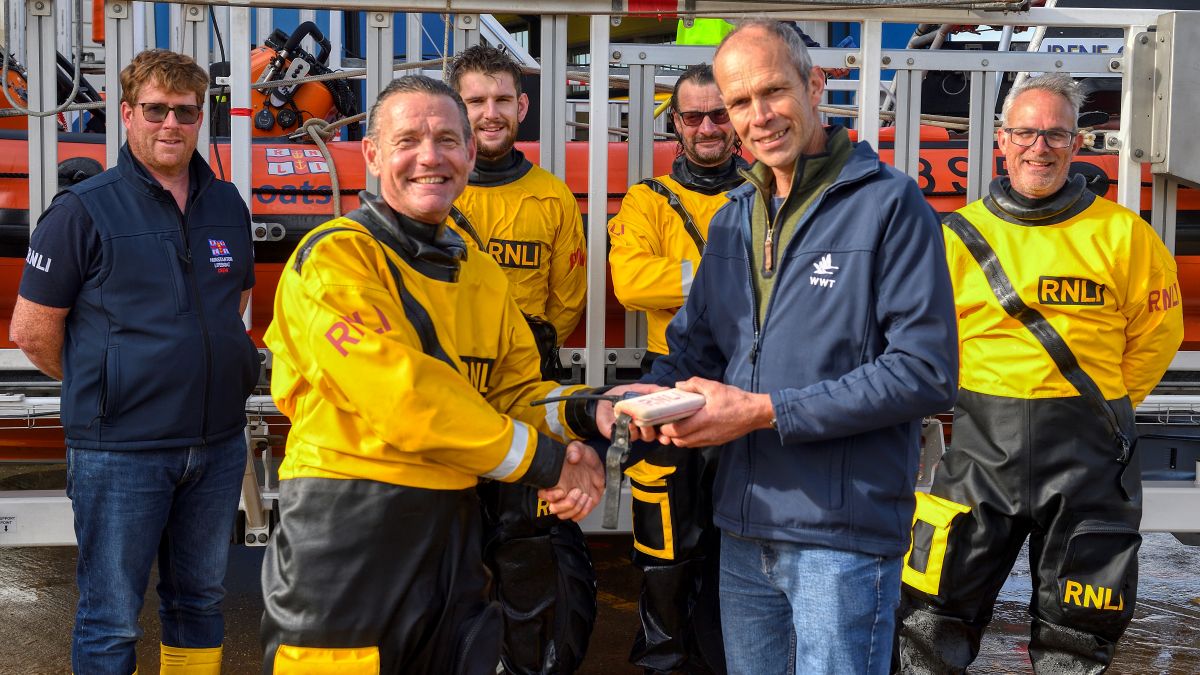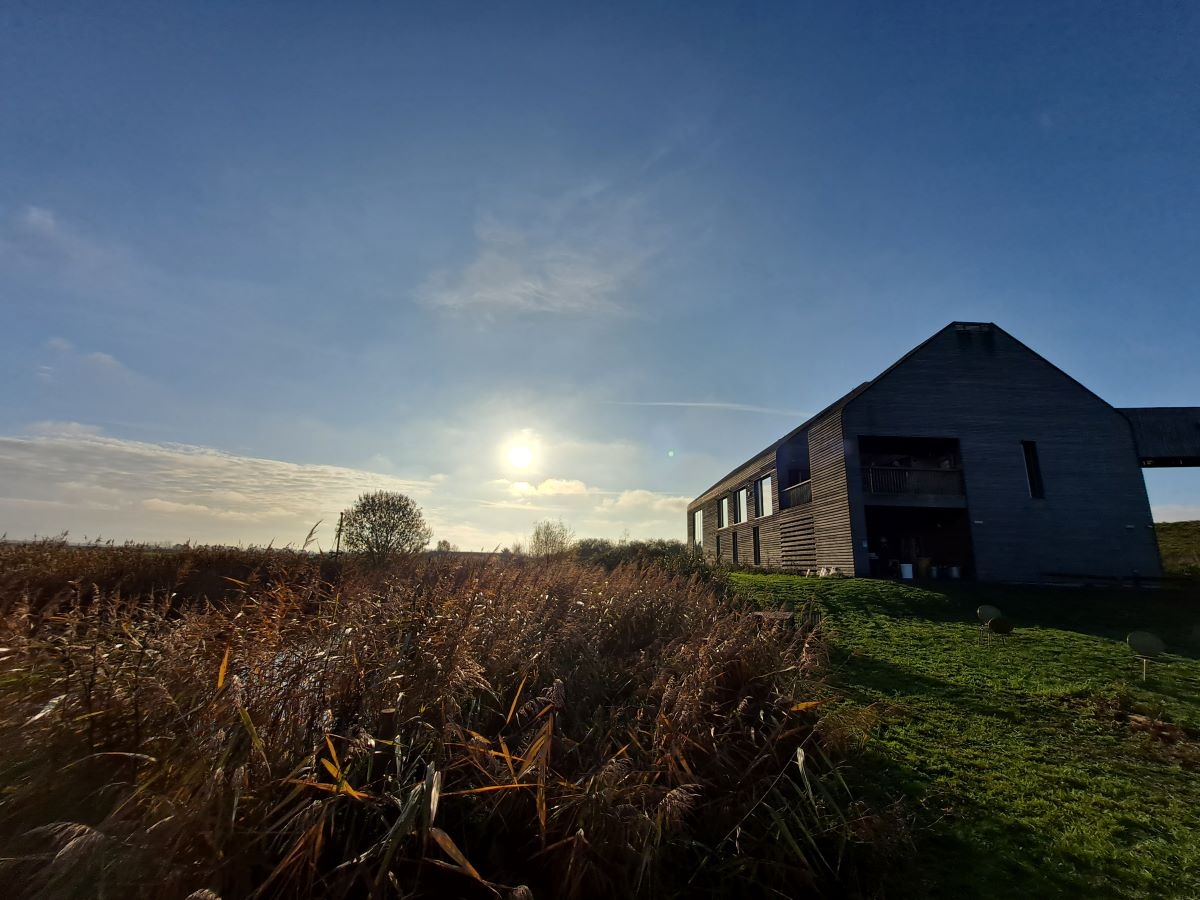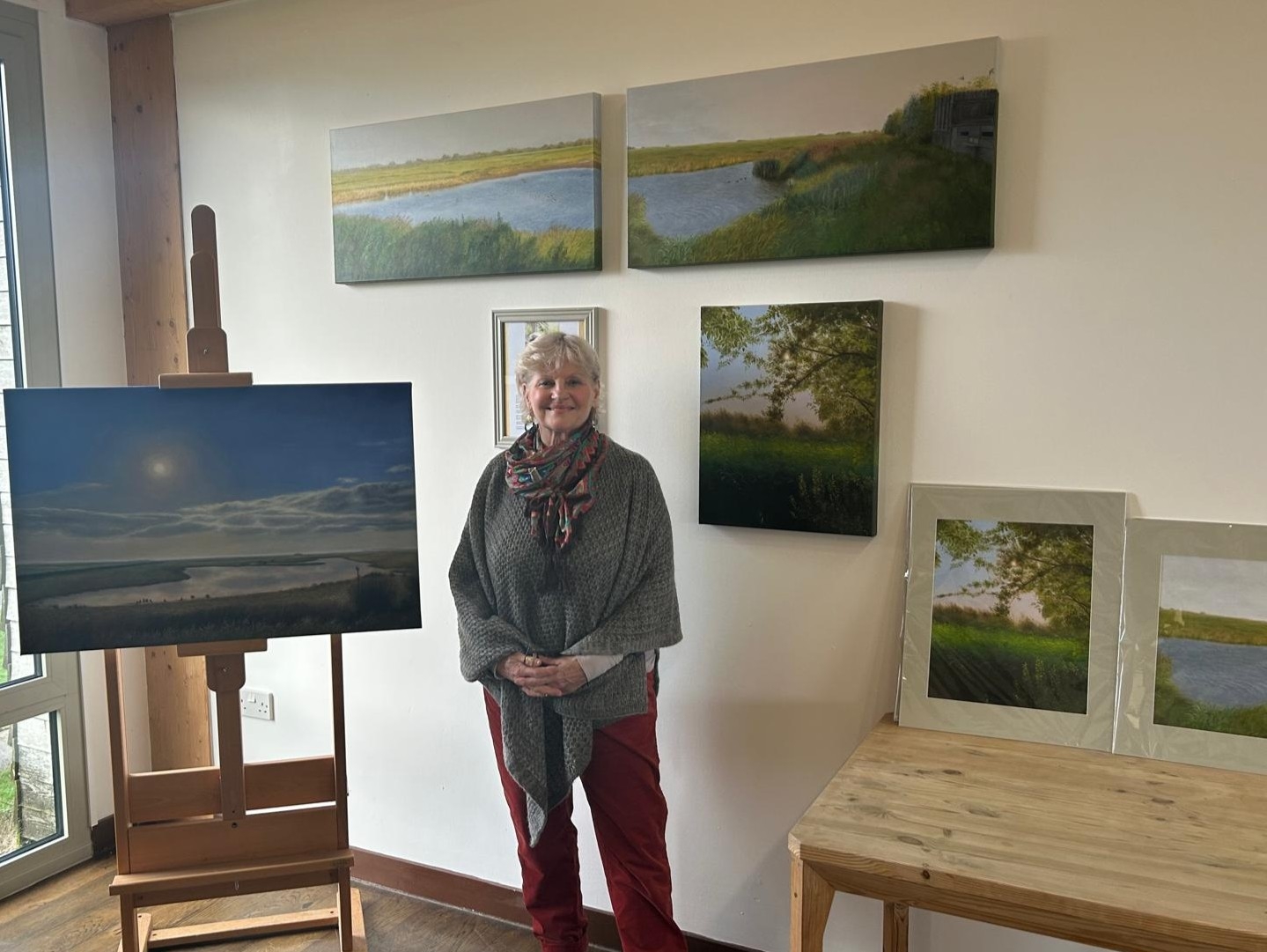Have your first encounter with bats, owls and moths
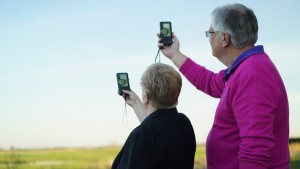
Not many of us have ever had a bat zip over our head, seen the ghostly figure of a barn owl quartering the fields or appreciated the variety of moths that take to the air after dark.
The wildlife that comes out after the sun goes down is often overlooked because we are not naturally equipped to explore this environment. At WWT Welney Wetland Centre, a range of specialist equipment can be used to gain an insight into the lives of these incredible creatures. Most recently the Friends of Welney group, donated money to the centre to invest in some new bat detectors so that several species of bat could be easily identified.
Louise Clewley, WWT Welney Warden said:
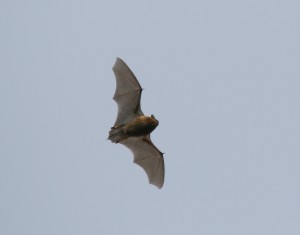
‘All nocturnal wildlife is fascinating to us because these creatures use totally different ways navigating their world and finding the food they need to survive.’
‘Bats use echolocation to ‘see’ their prey in the dark. If we use specialist detectors we can hear the soundwaves they are producing. The most common bat species, common pipistrelle, can often be heard catching prey on the detectors with the rapid waves sounding like someone blowing a raspberry!’
‘Bats rely on moths as one of their sources of food. Moths are a much more varied group than the butterflies we often see during the day, with over 2,000 species found in the UK.’
Ann Beer, Chairperson for the Friends of Welney said:
‘Our Friends group have been supporting the WWT Welney for almost 25 years and have raised nearly £70,000 to fund many projects on the reserve and at the centre.
We are very pleased to have purchased these bat detectors and hope that visitors will enjoy using them during the bats & barn owl events.’
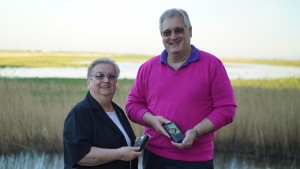
Visitors can get closer to a wide variety of nocturnal creatures at special events hosted at WWT Welney. Using shared equipment and having a guide on hand to answer questions is the best way to learn about this often undiscovered world.
WWT Welney Wetland Centre is also a bat monitoring station for the Norfolk Bat Survey, a citizen science project which aims to map the counties bat populations. Anyone can get involved through the Norfolk Bat Survey website, hire the simple kit and record the bat species on their local patch to feed into the counties data. South West Norfolk is a particularly under-mapped area, so every effort is important.

